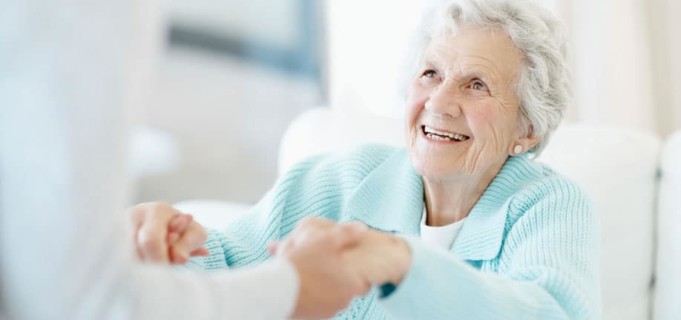At some point or another, most of us will need to make difficult decisions about the long-term care that can be given to our parent or spouse. In fact, someone might need to make that decision for you one day, if you find that you can no longer care for yourself in your own home.
With the population of elderly people set to double in the next 25 years, it’s no surprise that people across the globe are turning to the technology industry to find out more about what can be done to improve well-being and quality of life for elderly individuals.
While there are countless tech devices out there that are revolutionizing the way, we look after to elderly people in need, here we’ll take a brief look at the impact that technology could have on the protection and support of seniors.
Technology Has Delivered Remote Monitoring
Many of the biggest developments in elderly care are currently centred around remote monitoring devices which help to ensure the safety of senior people in homes. These remote devices can do everything from monitoring blood pressure from a distance, to arranging doctors’ appointments with patients over webcam.
Not only does the latest remote monitoring technology save doctors, nurses, and caregivers both time and money, but the data that it gathers could even be useful for helping us to predict future health epidemics and outcomes. This could reduce some of the costs taken on by the healthcare system overall.
After all, much of the data that we have today can’t be used because it’s gathered in such an unstructured format. Once the remote technology used to support elderly patients can send data to doctors, and caregivers, electronic health records will become more informative than ever.
We Can Now Keep Track of Elderly Patients
One of the areas in technology that holds particularly significant levels of promise for analysing patients and predicting health outcomes is in wearable devices. We can already see these devices in the market, focusing on things like health and wellness. For instance, the Apple watch can monitor your body temperature, heart rate, and even sleep patterns.
As technology continues to progress, wearable devices will also be able to constantly monitor the vitals of elderly patients, sending details on heart rate and blood pressure back to a doctor without patient intervention. This can help doctors to keep track of their patients when they’re not in a facility.
In fact, wearable devices could even send alerts to relatives and caregivers when a patient needs help accessing a home without a portable wheelchair ramp, or experiences a fall trying to go up or down a set of steps.
Smartphones Could be Monitoring Devices
Finally, it’s worth noting that wearable devices aren’t the only thing that could help to keep elderly individuals comfortably within their own homes for longer. There is also a collection of monitoring technologies on the market that use smartphone strategies to determine a person’s health. Using a smartphone or tablet, you can record your heart rate at a time that suits you.
For instance, the AliveCor heart monitor allows you to rest the device, affixed to your smartphone on your chest or fingers to get an electrocardiogram on your phone in only thirty seconds. You can then hand the details over to a caregiver who should be able to determine instantly whether an EKG is normal, or an elderly individual needs extra help.
While ease of use will obviously be a key factor in ensuring each of these technologies can be adopted by the masses, it’s safe to say that new strategies are evolving every day to make life easier for the elderly residents among us.












